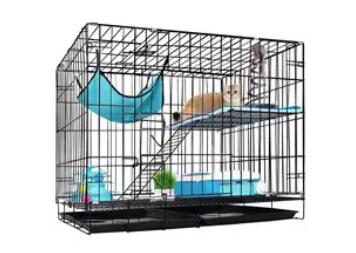Understanding Perforated Steel Angles An Overview
Perforated steel angles are a vital component in various sectors, including construction, manufacturing, and architecture. Their unique properties and versatility make them suitable for a wide array of applications. This article explores the characteristics, benefits, and common uses of perforated steel angles.
What is a Perforated Steel Angle?
A perforated steel angle is essentially a piece of steel angle (L-shaped cross-section) that features a series of holes or perforations along its length. These holes can be of different shapes and sizes depending on the specific application or aesthetic preference. The steel used in these angles is typically treated to resist corrosion, which enhances durability and longevity.
The creation of these perforations is primarily achieved through methods such as punching, laser cutting, or water jet cutting, depending on the required specifications. The design process takes into account factors such as load-bearing capacity, aesthetics, and the specific requirements of the installation environment.
Characteristics of Perforated Steel Angles
1. Strength and Durability Steel, in general, is renowned for its strength. Even with the presence of perforations, these angles maintain a high degree of structural stability, making them suitable for various load-intensive applications.
2. Lightweight Construction The perforations reduce the overall weight of the steel angle, facilitating easier handling and installation without compromising the structural integrity.
3. Aesthetic Appeal The patterns created by the perforations can serve not just functional purposes but also contribute to the visual design of a building or product. Architects and designers often utilize these angles to create contemporary and eye-catching structures.
4. Versatility Perforated steel angles can be customized for a wide range of applications—from framing to decorative purposes in architecture, they can be adapted to suit specific needs.
Benefits of Using Perforated Steel Angles
1. Enhanced Versatility The wide range of shapes, sizes, and perforation patterns allows for flexibility in design and functionality. They can be easily integrated into various structures or projects.
perforated steel angle

2. Weight Efficiency Because perforated angles are lighter than their solid counterparts, they ensure reduced load on supporting structures while still providing the necessary strength.
3. Streamlined Installation The reduced weight, combined with the ability to customize connections and configurations, simplifies the installation process, saving time and labor costs.
4. Improved Aesthetic Value The ability to choose perforation styles allows for artistic expression in design, which is particularly important in modern architecture and product design.
5. Cost-Effectiveness When considering overall material costs and labor savings, perforated steel angles can be a more economical choice compared to solid steel sections.
Common Applications
1. Construction Perforated steel angles are widely used in the construction industry for various framing applications, providing support for walls, roofs, and other structures.
2. Architectural Design They are often used in façade designs or as decorative elements in buildings, allowing for a unique interplay of light and shadow.
3. Manufacturing These angles find applications in machinery and equipment, where they provide structural support while allowing for weight reduction and easier customization.
4. Furniture Design In modern furniture, perforated angles are used to create lightweight yet sturdy frames.
5. Signage The aesthetic and durable nature of perforated angles makes them a popular choice for signage and displays, particularly in outdoor environments.
Conclusion
In summary, perforated steel angles are more than just functional components; they represent a fusion of strength, versatility, and aesthetic potential. Their ability to combine practicality with design flexibility makes them an essential choice for engineers, architects, and designers alike. As industries continue to evolve and seek innovative solutions, the significance of perforated steel angles will likely only grow, reinforcing their place in modern construction and design.

















